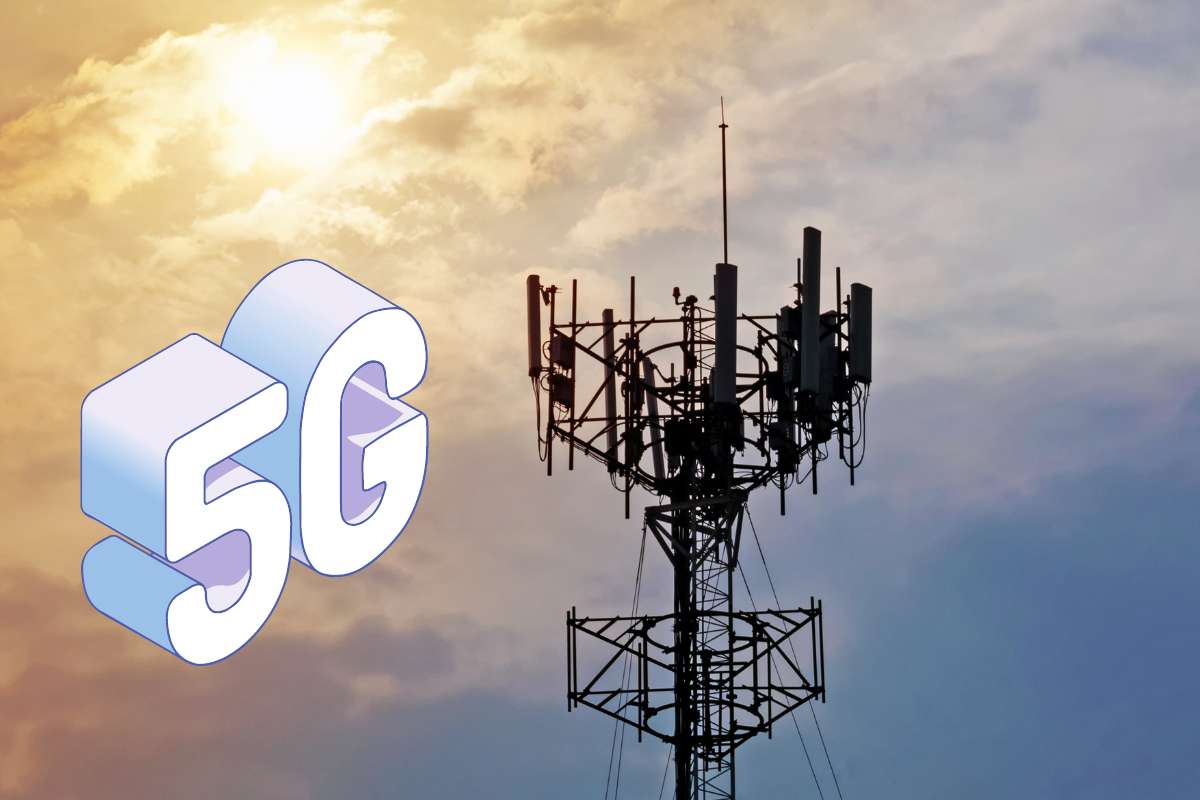
Reliance Jio and Bharti Airtel, two of the largest telecom providers in India, began rolling out their 5G networks in October using the standalone (SA) and non-standalone (NSA) architectures, respectively. By 2023–2024, the telecom operators want to have 5G available throughout India.
According to the study by Analysys Mason and Swedish telecom gear maker Ericsson, expanding low-band coverage would cost about $0.9 billion in India with 5G. The estimated economic benefits of 5G services in India measure up to $15.6 billion between 2020 and 2035. Out of this, over $9.4 billion would be contributed by the smart rural segment. The second-largest share, of up to $5.4 billion, belongs to the smart industry, followed by smart logistics with a share of $0.9 billion and smart public services with a stake of $0.1 billion.
Further Details Regarding India’s 5G Roll-Out Cost
Among 15 developing countries, including Bangladesh, Brazil, Chile, Colombia, Egypt, India, Indonesia, Malaysia, Mexico, Morocco, Nigeria, Pakistan, South Africa, Thailand, and Turkey, the entire cost of the 5G rollout in India will be the highest at up to $75 billion between 2020 and 2035. The study suggests that the initial costs for the 5G rollout are anticipated to range from $3 to $8 billion per nation. On top of this, a further investment of up to 20-35% would be needed for extended coverage.
By the time the fifth-generation networks are fully implemented over the current network grid in the majority of countries, it was stated that the majority of the deployment expenses are anticipated to be incurred by 2028–2029.
Comparing similar emerging countries, India will gain the most in terms of economic growth. Consumers will have access to faster speeds from 5G capable devices thanks to the mid-band coverage, the report claims. All fifteen nations might experience GDP growth of between 0.3% and 0.4% through 2035 because of 5G, with an anticipated cost-benefit ratio of three-to-seven-fold.















